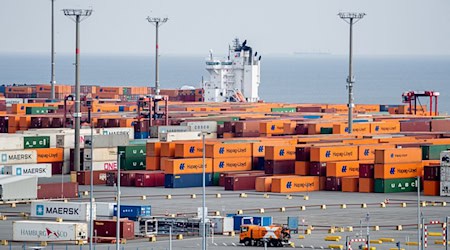The German Trade Union Confederation (DGB) criticizes the continuing wage gap between East and West. The wage difference is 19 percent, which means that employees in eastern Germany will be working without pay from October 22 until the end of the year, said Susanne Wiedemeyer, head of the DGB in Saxony-Anhalt. "Unity has still not been achieved in terms of wages." A wage gap of around 800 euros a month inevitably leads to frustration.
"I understand that some East Germans feel like second-class citizens," said Wiedemeyer. According to the Federal Statistical Office's 2023 earnings survey, full-time employees in the eastern German states received an average gross salary of 3,563 euros per month, compared to around 4,401 euros in the western German states. According to the DGB, it analyzed data from the Federal Statistical Office on average earnings in eastern and western Germany.
DGB calls for greater collective bargaining coverage
Stefan Körzell from the DGB Federal Executive Board said: "The economy in eastern Germany has generally grown more strongly than in western Germany in recent years, but employees have only benefited to a below-average extent. This urgently needs to change." The DGB is calling for more collective agreements that would enable higher wages. Only around half of employees work with a collective agreement. In eastern Germany, the figure is only 44 percent, which is why collective bargaining coverage must be strengthened again, said Körzell. According to the DGB, collective bargaining coverage is particularly low in Mecklenburg-Western Pomerania (40 percent) and Brandenburg (41 percent). In Saxony-Anhalt, it is in line with the national average at 49 percent.
Copyright 2024, dpa (www.dpa.de). All rights reserved










